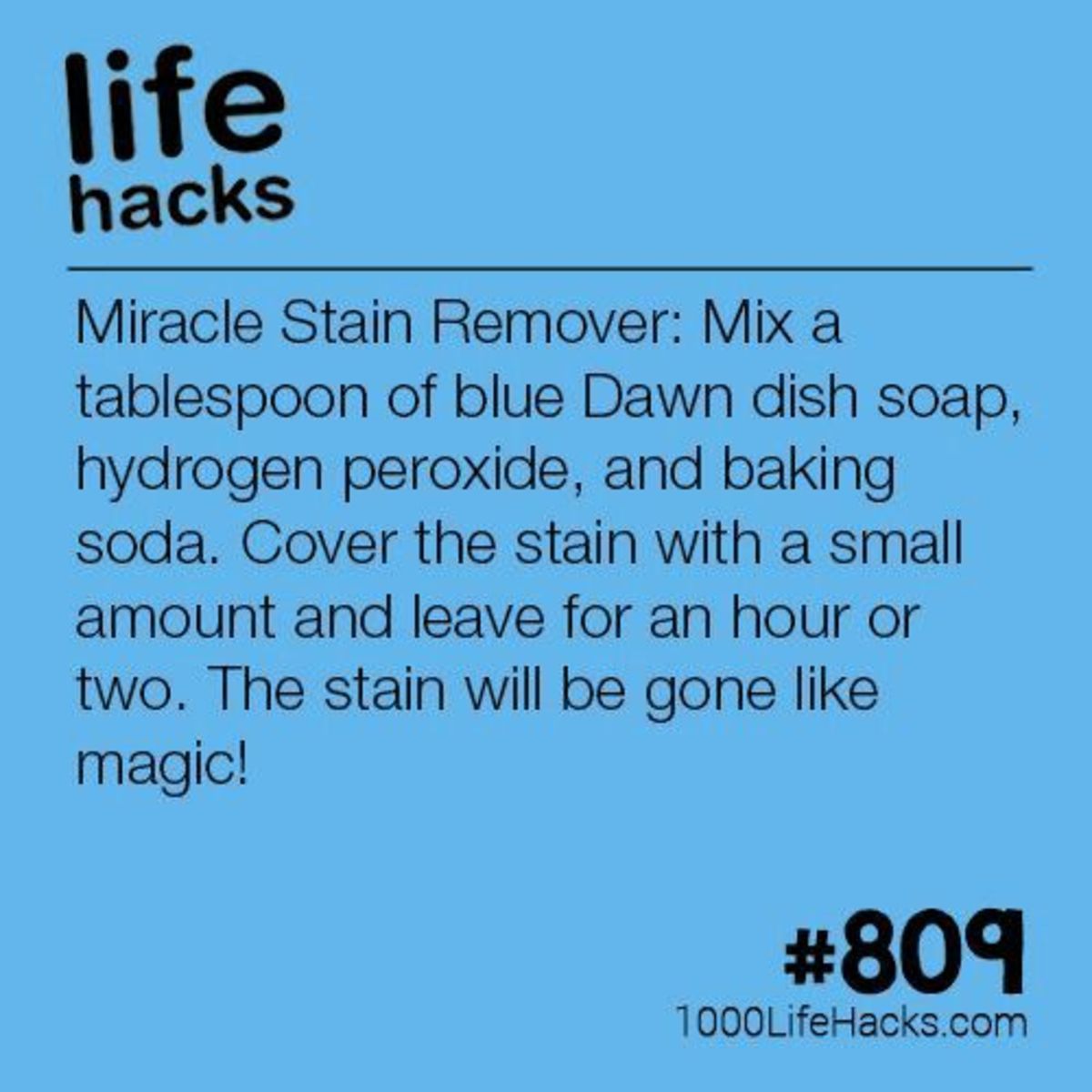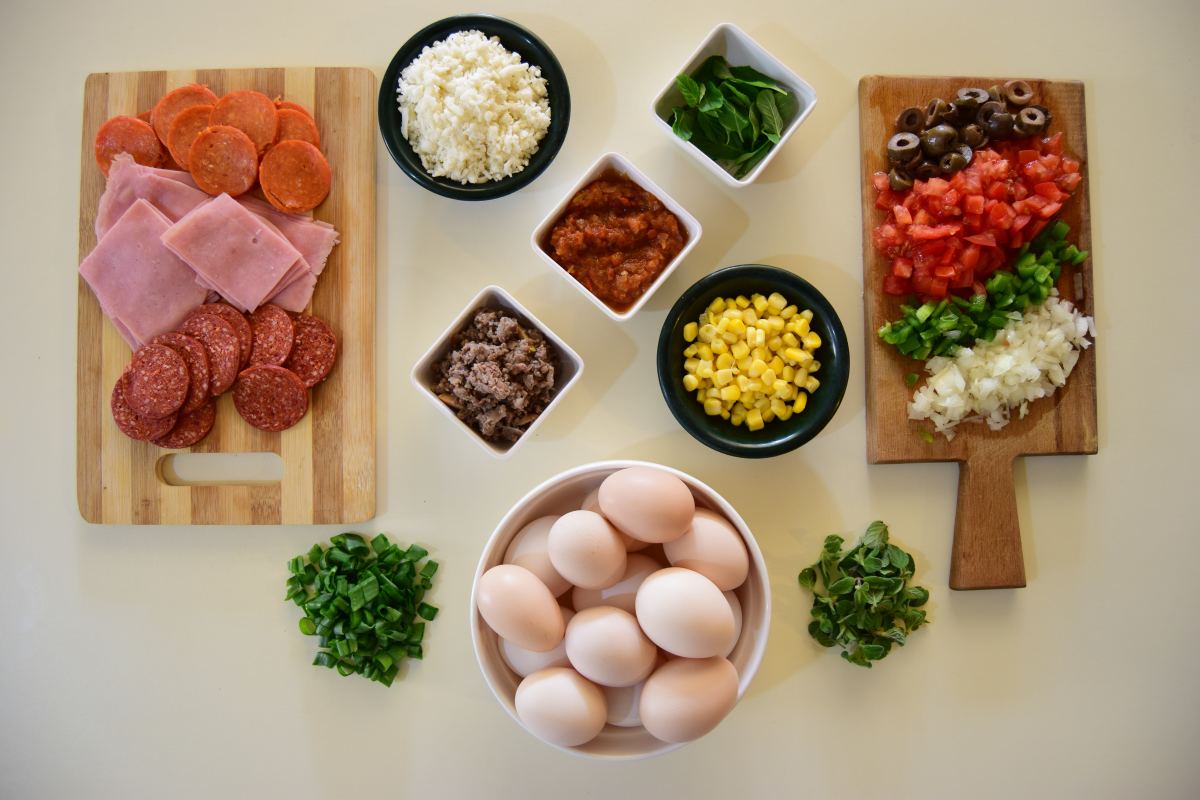Green Cleaning Tips for Kitchens
Learning how to clean green means adapting to a cleaning regimen that replaces harsh chemicals contained in commercial cleaning products with safer, natural alternatives. The two main chemical ingredients in most kitchen cleaning products are ammonia and bleach. In order to make transform your kitchen into a green kitchen, you must use a different approach and eliminate the use of cleaning products containing ammonia and bleach, as well as all other harmful contaminants.
Fighting Food Contamination Without Chemicals
It is possible to keep a clean kitchen while still adhering to your principles regarding the environment. Here are some guidelines for protecting your kitchen from contamination:
- Make sure food is kept cool enough to prevent spoiling. This means keeping your fridge at 36-39 degrees Fahrenheit.
- Pay attention to expiration dates on perishables and adhere to them, especially when it comes to meat.
- Keep foods in your fridge well-wrapped
- Separate meat from fruits and vegetables in your refrigerator
- Place raw meat on the lowest possible shelf in order to prevent the juices from dripping onto, and contaminating other food items
Keep Cutting Boards Clean
Cutting boards are where most food is prepared, including raw meats. In addition to using separate cuttingboards for meats and produce, you also need to wash the boards with dishwashing liquid and hot water every time you use them and dry them thoroughly before putting them away. Plastic cutting boards need to be washed in the dishwasher because the water is much hotter than the hand can tolerate.
Bamboo is the greenest choice when it comes to cutting boards. Bamboo is rapidly renewable, earth-friendly, durable, and has antibacterial properties. Bamboo boards are typically formaldehyde and toxic-finish-free, but you should always check to make sure.
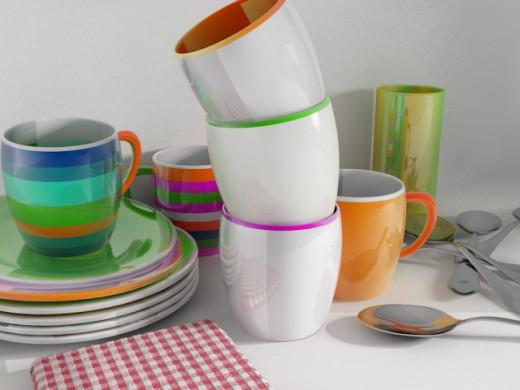
Dishes Debate
The debate over whether or not it is more environmentally safe to do your dishes by hand or dishwasher is still the hot topic. Opinions vary, however most sources favor the automatic dishwasher.
Advantages and Disadvantages of a Dishwasher
- Newer (since 1994) Engery Star dishwashers use less water, less energy, and less hot water than they did in the past
- Running a load of dishes in the dishwasher cuts down on the number of loads you do. This means less water and electricity
- Choosing the dishwasher's most energy-efficient settings, such as air dry options, improves energy-efficiency too
Note: Most commercial dishwasher detergents contain phosphates and chlorine. Using green alternative detergent eliminates these ingredients but can cause spotting and the perception that dishes aren't coming as squeaky clean.
Dishes By Hand
For some families, particularly smaller households, doing the dishes by hand may be the more energy-efficient way. Some people have developed methods that include saving a tub of water in the sink and using vegetable based dish soap to wash dishes. They then reuse the dish water on their plants after a week's time.
To make the most out of doing your dishes by hand, consider the following:
- Use the hottest water tolerable. Protect your hands with dish gloves.
- Don't run the water continuously while doing the dishes. Fill one basin with hot soapy water and submerge the dishes. Fill a tub of hot water in the other basin for rinsing.
- Use a green brand of dish soap made from plant based surfactants rather than ammonia and bleach.
- Add a couple of table spoons of baking soda to hot, sudsy dishwater to cut the grease
- Add vinegar to rinse water to eliminate suds
- Air dry dishes on a dish rack
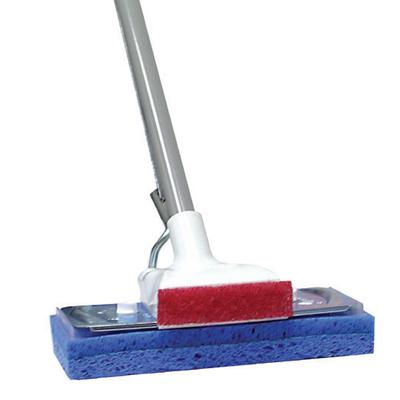
Green Floors
Here are the greenest cleaning tips for your floors:
- Use a damp mop once a week using a commercial green cleaner or a recipe you have to make your own.
- Choose a porous sponge mop with an abrasive strip for scrubbing stuck-on gunk, or use a mop with a reusable microfiber head.
- Use a steam mop, with only tap water, on tile, marble, slate and sealed-wood floors
- Don't use so much water that puddles are left standing because this can cause mildew
Cleaning Tough Floors
Everyday dirt and spills are easy to clean, but what about those special circumstances that are more difficult? Here are some tips for a few particularly challenging situations:
- Paint: chip away paint with a putty knife and then use a green brand multipurpose cleaner.
- Shoe scuffs: Rubbing these with a sock should be enough to eliminate them. If not dip a cloth in green cleaner and rub.
- Gum or wax: wrap a piece of ice in a cloth and apply it to the gum or wax, then scrape gently with a butter knife and it should flake off.
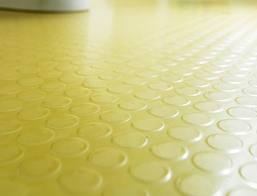
Sustainable Floors
Traditional flooring includes: vinyl, linoleum, hardwood, and tile. New kitchens are becoming more and more welcoming of sustainable flooring. Sustainable flooring comes in tiles that snap together and eliminate the use of formaldehyde adhesives or off-gassing sealants. Some of the most commonly used sustainable floor materials are listed below:
- Cork: has hypoallergenic qualities, absorbs sound, and is easily cleaned with a mild soap.
- Bamboo: best alternative to hardwood; resistant to dust mites, mildew, and lint; rapidly renewable
- Marmoleum: brand of linoleum made out of linseed oil, rosins, wood flours, and limestone; easy to clean with antibacterial properties (vinegar isn't recommended on this type of floor)
- Concrete: demands a lot of energy to manufacture, but its insulting properties and tough wear may make up for it
- Recycled rubber: considered renewable when the material is 100% post-consumer content
Cleaning the Kitchen Sink
Although kitchen sinks are made from a wide range of materials, a similar cleaning routine applies to all:
- Routinely wipe out the sink to keep food, stains and oil from building up
- Add a few drops of the dish soap you use on your dishes to clean the sink. An alternative is baking soda, or you can try a combo of the two. Never use abrasives.
- Splash water from the faucet to wet the sink and wipe until it shines
- Rinse the sink with water
- Either allow the sink to air dry or wipe it dry with a towel
Unique Sink Challenges
Since sinks are made from a variety of different materials, there are certain types that cause unique challenges:
- Stainless steel: thinner material is susceptible to dings, dents, scratches and more
- Porcelain enamel: if stained yellow—use distilled white vinegar and rub
- Copper and brass: delicate materials that can stain easily—rub with a cloth dipped in a mixture of salt and water and then lemon juice, rinse, and dry
Green Speed Cleaning
If you are crunched for time and need to clean the kitchen in 15 minutes or less and have it look spotless, follow the tips below:
- Put away food
- Take care of dirty dishes: Put them in the dishwasher or in soapy water in the sink.
- Wipe up obvious spills with a reusable towel
- Spritz the counters/island and faucet with vinegar-and-water cleaner and wipe down
- Take out or stow (in a temporary trash can, out of sight) trash/recyclables
- Give floor a quick once-over with a dry mop or vacuum



